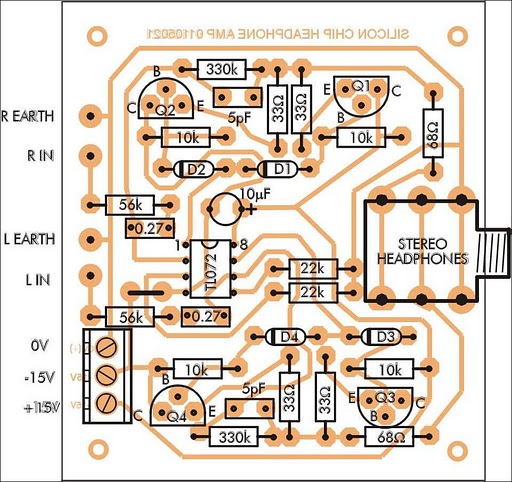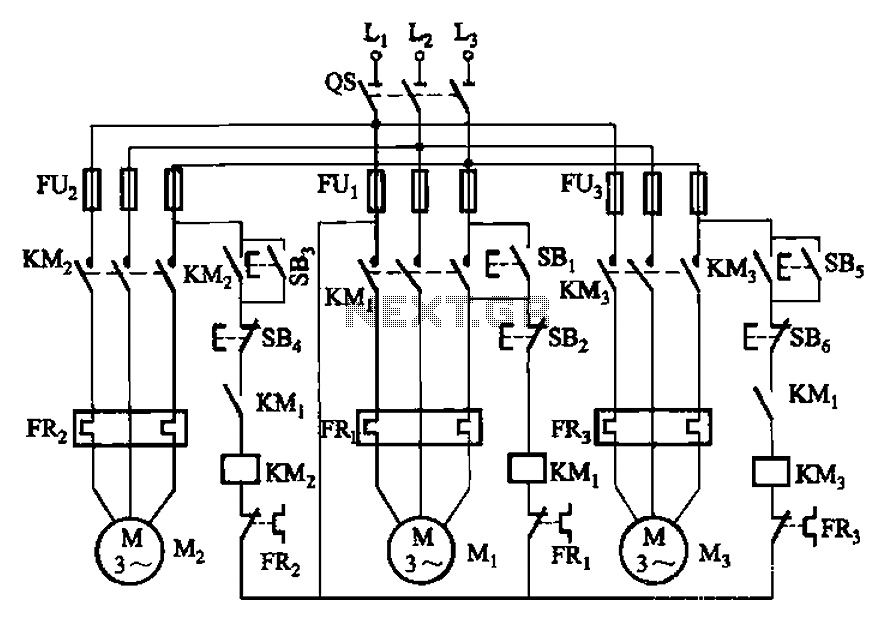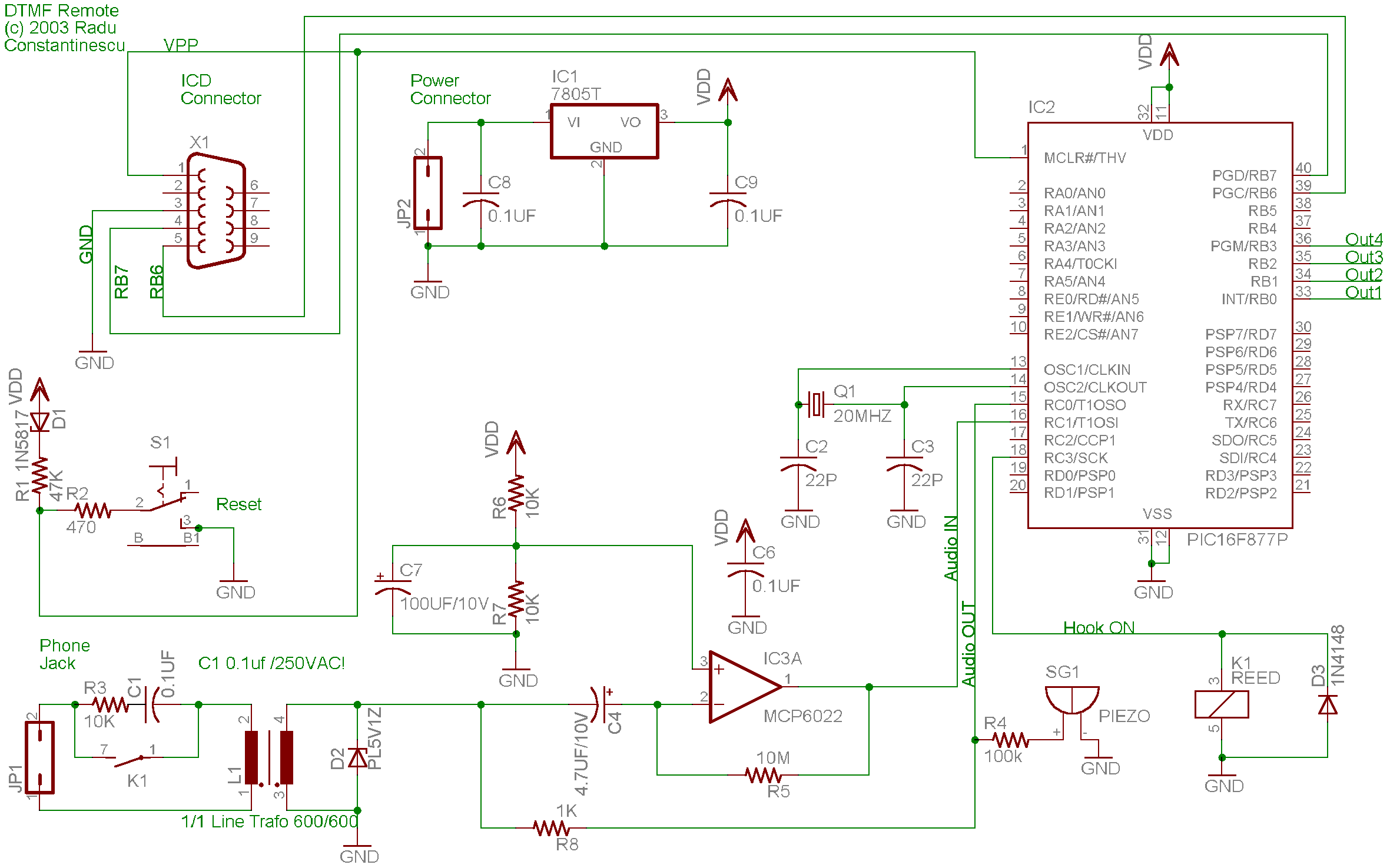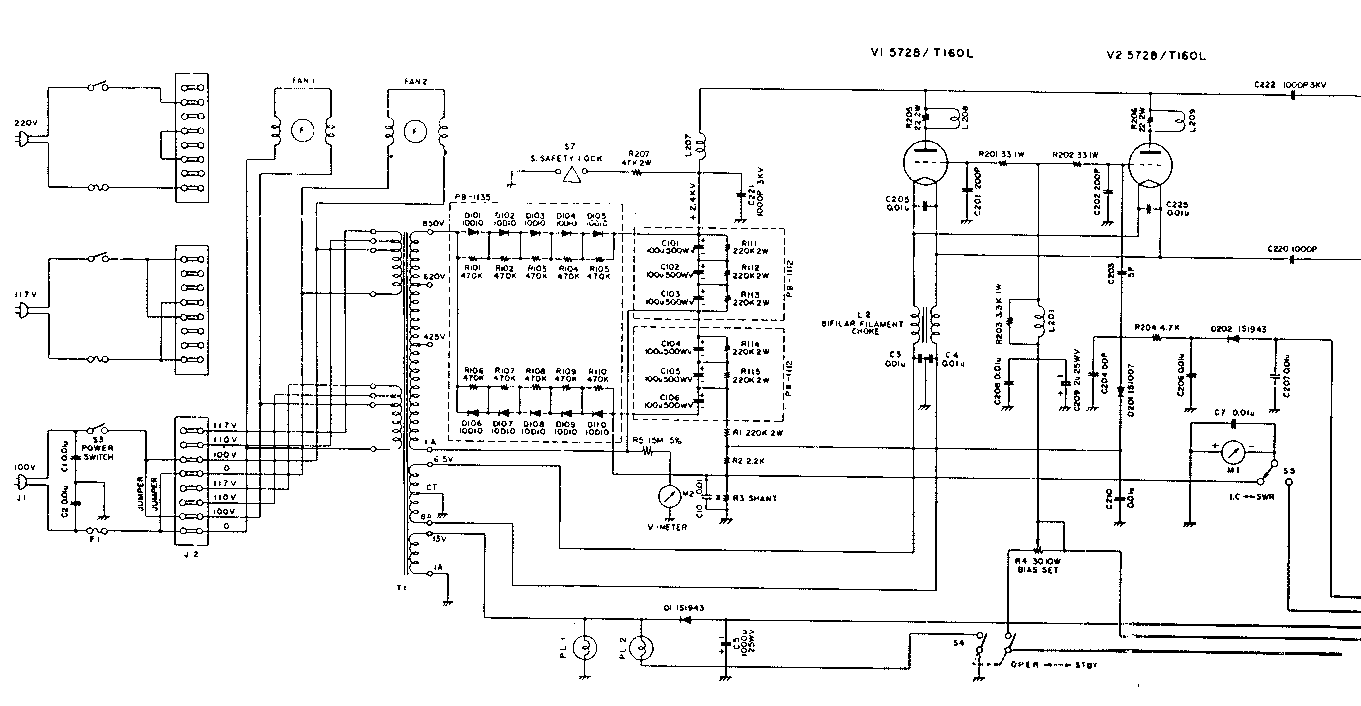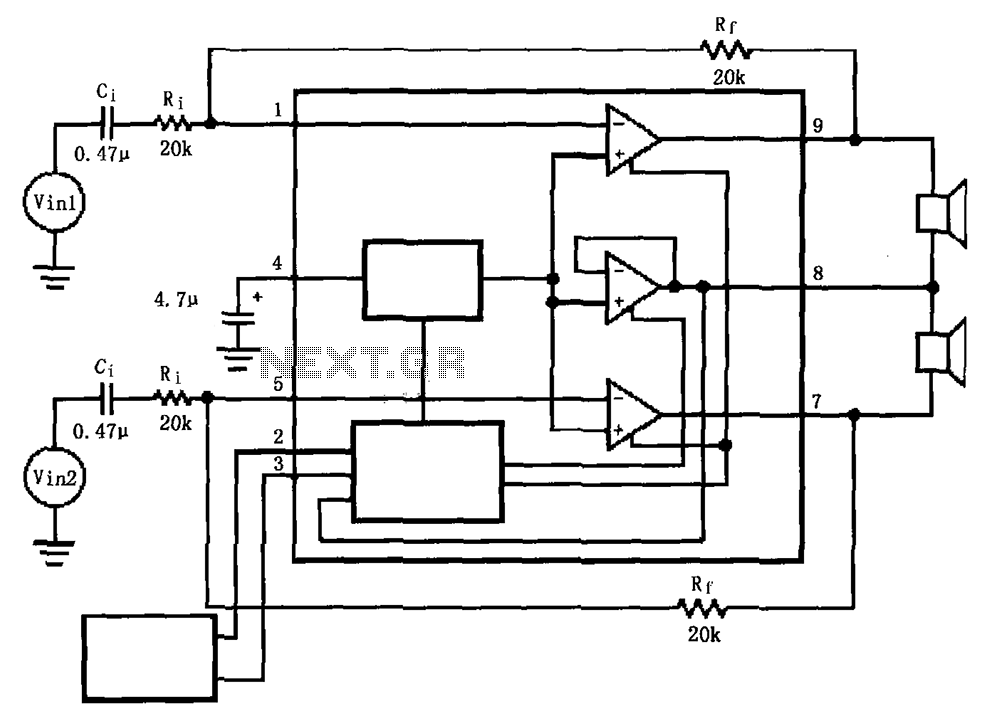
Flicker frequency of multiple sets of different light-emitting diode lights chain circuit

The circuit utilizes a 555 timer configured as a multivibrator, where the oscillation frequency is determined by resistors R1, R2, and capacitor C1. The frequency formula is given by fo = 1.443 / ((R1 + R2) * C1). The output pulse signals from pins A1 to A4 control the conduction and cutoff of transistors VT1 to VT4, which in turn manage the on and off states of the light-emitting diode groups A, B, C, and D.
The described circuit is a versatile application of the 555 timer IC, operating in astable mode to generate a continuous pulse output. The oscillation frequency is critically dependent on the values of R1, R2, and C1, which dictate the timing characteristics of the circuit. The formula for the frequency fo illustrates that as the resistance values or capacitance increase, the frequency decreases, resulting in a longer pulse duration.
In this configuration, the output from the 555 timer is fed into multiple control transistors (VT1 to VT4). Each transistor acts as a switch that can either allow current to flow through its corresponding light-emitting diode (LED) group or cut off the current, thus controlling the illumination of groups A, B, C, and D. This switching mechanism allows for dynamic control of the LEDs, enabling various lighting patterns or sequences based on the frequency and duty cycle of the output signal.
The circuit can be further enhanced by incorporating additional features such as variable resistors for R1 and R2, allowing for adjustable frequency and duty cycle. Additionally, the use of different types of LEDs can create diverse lighting effects, making this circuit suitable for applications in decorative lighting, indicators, or visual displays. Proper heat dissipation measures should be considered for the transistors depending on the current requirements of the LED groups to ensure reliable operation.It uses multi-vibrator 555 consisting of an integrated circuit, the oscillation frequency Ri, the R2 and Cl decisions (such as group A), fo = 1. 443 / (RI + R2) Cl. By the pulse signal Ai-A4 3-pin output control transistor VTi-VT4 conduction and off, control the light emitting diode groups namely A, B, C, D of turning on and off.
The described circuit is a versatile application of the 555 timer IC, operating in astable mode to generate a continuous pulse output. The oscillation frequency is critically dependent on the values of R1, R2, and C1, which dictate the timing characteristics of the circuit. The formula for the frequency fo illustrates that as the resistance values or capacitance increase, the frequency decreases, resulting in a longer pulse duration.
In this configuration, the output from the 555 timer is fed into multiple control transistors (VT1 to VT4). Each transistor acts as a switch that can either allow current to flow through its corresponding light-emitting diode (LED) group or cut off the current, thus controlling the illumination of groups A, B, C, and D. This switching mechanism allows for dynamic control of the LEDs, enabling various lighting patterns or sequences based on the frequency and duty cycle of the output signal.
The circuit can be further enhanced by incorporating additional features such as variable resistors for R1 and R2, allowing for adjustable frequency and duty cycle. Additionally, the use of different types of LEDs can create diverse lighting effects, making this circuit suitable for applications in decorative lighting, indicators, or visual displays. Proper heat dissipation measures should be considered for the transistors depending on the current requirements of the LED groups to ensure reliable operation.It uses multi-vibrator 555 consisting of an integrated circuit, the oscillation frequency Ri, the R2 and Cl decisions (such as group A), fo = 1. 443 / (RI + R2) Cl. By the pulse signal Ai-A4 3-pin output control transistor VTi-VT4 conduction and off, control the light emitting diode groups namely A, B, C, D of turning on and off.
